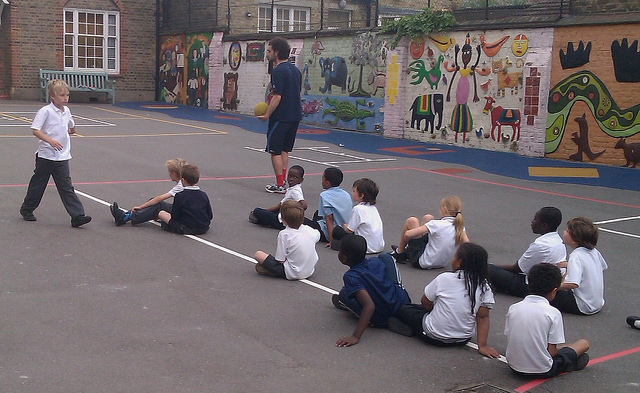It’s no secret: having children is expensive. In fact, the average parent will spend more than £51,000 on each child before they turn 18, according to a study by Quidco.com. It’s not exactly surprising. From the moment they’re born, children need a lot of stuff. Even as tiny newborns who do nothing but eat, sleep and poop, they seem to need an extraordinary amount of possessions. And none of them comes cheap. Before you precious bundle of joy even arrives, you’re looking at pushchairs, car seats, cots and highchairs. Then there’s nappies and all the paraphernalia that comes with changing them, formula and bottles. Not to mention all the clothes a tiny baby can get through in one day.
Although some expenses are treats or luxuries, there are some things you just can’t avoid buying. You need to keep your child clothed and fed, and there’s no getting away with not buying school materials. And even for items that aren’t compulsory, there are many that feel like they are. No one wants their children to go without birthday or Christmas presents, or for them to miss out on a school trip. So what do parents spend most on, and how can you cut back?
Little Extras
The research by Quidco.com found that parents spent an average of £1,368 per child each year on shoes, clothes, after-school activities and presents. While clothes and shoes are a necessity, sports clubs and presents are a bit more ambiguous. It’s important for your child to exercise to learn to participate in sports with other children, but is it a necessity? Some may say so, but others would disagree. Similarly, presents are expected on special occasions but you could argue that they aren’t essential. Even though these items differ in their level of necessity, they all have one thing in common. You could be spending too much on them.
Clothes
Your children need clothes and shoes, but you don’t need to dress them from head to toe in Armani. If you think you could be spending too much on clothes and shoes, think about what you spend on them now. Realistically, how long do your child’s clothes or shoes last? Is paying for the durability of more expensive clothes worth it? Or does your little one grow out of them before they have a chance to damage them? Many cheaper clothes ranges will last just as long as more expensive ones. If you need to cut back, perhaps it’s better to save more expensive items for special occasions. There are some essential kids items it can be a struggle to save on, such as school jumpers. Cut back where you can to make up for the places where you can’t choose from different price ranges.
After School Activities
After school activities came in at the top of the list for expenses per child. On average, parents spend £843.12 a year on these clubs, according to Quidco.com. This is another area where you could cut back. Don’t stop your child from exercising or socialising with their friends. But if you’re strapped for cash you can reduce the number of clubs they attend or look for cheaper alternatives. Many after-school clubs run at school are free or very cheap, compared to more expensive clubs run outside of school.
Presents
When it comes to presents, you don’t have to be the present snatcher. However, you shouldn’t give into peer pressure or trying to keep up with other parents. Lots of little presents can bring just as much joy as big ones. Altogether, parents spend nearly £300 a year on Christmas and birthday presents for each of their children. And that figure doesn’t include birthday parties, gadgets or entertainment items they get outside of Christmas and birthdays. To help you spend less on presents, set a budget. For older children, you can even let them know the budget so they can pick an appropriate gift.
Social Activities
Although parents spend more on after-school activities than social activities, this category comes in second. More than £250 a year goes on social activities, including things like going to the cinema or bowling with friends. While you don’t want to stop your children socialising, there are ways to cut down on this type of spending. For example, another £189 goes on pocket money. Instead of paying for social activities separately, encourage your child to use their pocket money to pay for them. They will learn how to be responsible for their money and the value of saving. Give pocket money in return for helping out around the house, so they feel like they’re earning it too.
Driving
Parents spend an average of £262.20 a year, per child, on driving their children around. This figure makes it the third most expensive cost, after after-school clubs and social activities. There are many ways you can cut down on costs, and the number one way is to stop driving your children around. Encourage walking or biking instead, especially for short distances. Some trips can’t be avoided, for example if you don’t live close enough to school to walk. In these cases, try setting up a carpool where you and some other parents take it in turns to drive.
When your child turns into a teenager and reaches age 17, another big expense is driving lessons. But even bigger is the cost of running a car. The average spend on driving lessons is £381.10 and car expenses reach £1,266.42. Encourage your teenager to pay for their driving lessons or the running of their car if they have a job. Driving lessons are a great 17th or 18th birthday present, but if they can’t afford a car it’s best that they wait to own one until they can afford it.
Once they’ve reached 18 and left home, you can take a breather. Until you start contributing towards university living expenses, that is.








